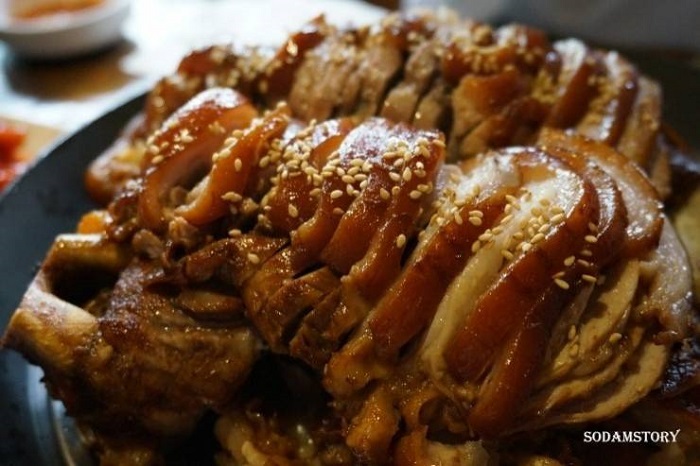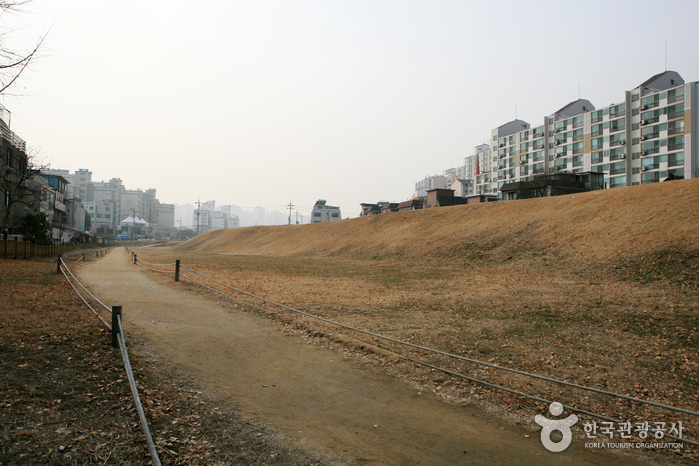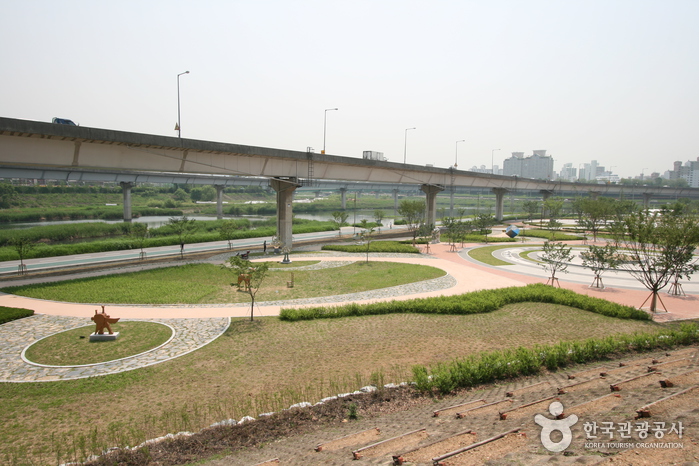OffLabel - Uijeongbu Millak Branch [Tax Refund Shop] (오프라벨 의정부민락)
11.6Km 2024-04-22
124, Singomae-ro, Giheung-gu, Yongin-si, Gyeonggi-do
-
Olive Young - Cheonho Jungang Branch [Tax Refund Shop] (올리브영 천호중앙)
11.6Km 2024-04-18
1027, Cheonho-daero, Gangdong-gu, Seoul
-
Olive Young - Uijeongbu Millak Branch [Tax Refund Shop] (올리브영 의정부민락)
11.6Km 2024-04-22
Store #110, #111, Haedong Tower 2, 56, Cheonbo-ro, Uijeongbu-si, Gyeonggi-do
-
Seoul Miz Hospital (서울미즈병원)
11.7Km 2025-10-23
1041 Cheonho-daero, Gangdong-gu, Seoul
Seoul Miz Hospital is a women’s specialized hospital located in Gangdong-gu, Seoul. It provides medical services in obstetrics and gynecology, breast and thyroid surgery, internal medicine, dermatology and plastic surgery, and pediatrics, while also operating a health promotion center. With its newly expanded building, the hospital has established an International Medical Center to support the treatment of foreign patients.
CheongKwanJang - Sinseol-dong Branch [Tax Refund Shop] (정관장 신설동점)
11.7Km 2024-06-27
9, Wangsan-ro, Dongdaemun-gu, Seoul
-
Madang Jokbal (마당족발)
11.7Km 2024-10-15
175, Neungdong-ro, Gwangjin-gu, Seoul
+82-2-468-3030
It is a restaurant with an outdoor terrace. This Korean dishes restaurant is located in Gwangjin-gu, Seoul. The most famous menu is braised pigs' feet.
Pungnap-dong Toseong Fortress (서울 풍납동 토성)
11.7Km 2025-01-10
Pungnap-dong, Songpa-gu, Seoul
+82-2-2147-2800
Onjo, the progenitor of Kingdom Baekje, first settled in Wiryeseong Hanam. But exact location is still unknown. One thing for sure, however, is that Pungnaptoseong Fortress, Mongchontoseong Fortress, Bangidong Ancient Tombs of Baekje, Seokchondong Stone Mound Tomb of Early Baekje are the remains of Baekje. Pungnaptoseong Fortress faces Hangang River to its west and connects to Mongchontoseong Fortress to the south. To the northwest faces Achasanseong Fortress over Hangang River and far to the southeast is Namhansanseong Fortress.
Pungnaptoseong Fortress, located at the south end of Cheonhodaegyo Bridge over Hangang River, is one of the remains of Early Baekje. Originally, the fortress was 4km in circumference, but due to massive overflowing of Hangang River during flood season in 1925, most of the fortress was lost and only 2.7km of it remains. To the east of the fortress are 4 vestiges of the fortress gates. The remains from the prehistoric era through the Samguk (Three States) era have been unearthed, indicating that this place was a residential area well before the Baekje Era. Through vigorous excavation, some people suggest that there used to be a palace located here during the Baekje Era.
Olive Young - Sinseol-dong Station Branch [Tax Refund Shop] (올리브영 신설동역)
11.7Km 2024-04-16
4, Wangsan-ro, Dongdaemun-gu, Seoul
-
Maria Fertility Hospital (마리아병원)
11.7Km 2025-10-23
20 Cheonho-daero, Dongdaemun-gu, Seoul
In 1967, Maria Obstetrics and Gynecology opened where the Maria Fertility Hospital (Sinseol-dong, Dongdaemun-gu, Seoul) sits today, leading to the creation of the Maria Medical Foundation. At the time, the doctor willingly visited patients' houses with an old house-call bag even in the early mornings, no matter where a patient lived. This founding spirit became the root of the hospital's principles and commitment to its services.
Maria Fertility Hospital ranks number one in in-vitro fertilization cases, accounting for approximately 30% of the total cases among fertility hospitals. The hospital opened branches so that patients can conveniently experience the medical know-how of Maria Fertility Hospital no matter where they live across the country. The branches provide optimum diagnosis of problems through close collaborations among the branches.
The hospital has become a globally renowned fertility center, going beyond its unrivaled number-one position in fertility medicine in Korea. The hospital is dedicated to finding the best solution through research, and helping infertile patients realize their dreams of having a baby to create a healthy and happy family.
Maria Fertility Hospital is moving forward with the philosophy and heritage it inherited from the Maria Medical Foundation.
Salgoji Sports Park (살곶이 체육공원)
11.8Km 2024-03-20
16-18 Sageundong-gil, Seongdong-gu, Seoul
Salgoji Sports Park is located along the Joongnangcheon Riverside near Hanyang University. Its name "Salgoji" holds deep historical significance, meaning "the place where an arrow is shot" in Korean. The park features facilities such as an inline skating rink, soccer field, basketball court, and badminton court. There are dedicated bicycle paths and pedestrian walkways around the park. Throughout the year, walking festivals and mini marathons are organized, making it a beloved spot among cyclists. In the summer, an outdoor water playground is operated.
![OffLabel - Uijeongbu Millak Branch [Tax Refund Shop] (오프라벨 의정부민락)](http://tong.visitkorea.or.kr/cms/resource/45/2881345_image2_1.jpg)
![Olive Young - Cheonho Jungang Branch [Tax Refund Shop] (올리브영 천호중앙)](http://tong.visitkorea.or.kr/cms/resource/76/2878876_image2_1.jpg)
![Olive Young - Uijeongbu Millak Branch [Tax Refund Shop] (올리브영 의정부민락)](http://tong.visitkorea.or.kr/cms/resource/42/2881342_image2_1.jpg)

![CheongKwanJang - Sinseol-dong Branch [Tax Refund Shop] (정관장 신설동점)](http://tong.visitkorea.or.kr/cms/resource/38/3313538_image2_1.jpg)


![Olive Young - Sinseol-dong Station Branch [Tax Refund Shop] (올리브영 신설동역)](http://tong.visitkorea.or.kr/cms/resource/24/2888624_image2_1.jpg)

 English
English
 한국어
한국어 日本語
日本語 中文(简体)
中文(简体) Deutsch
Deutsch Français
Français Español
Español Русский
Русский